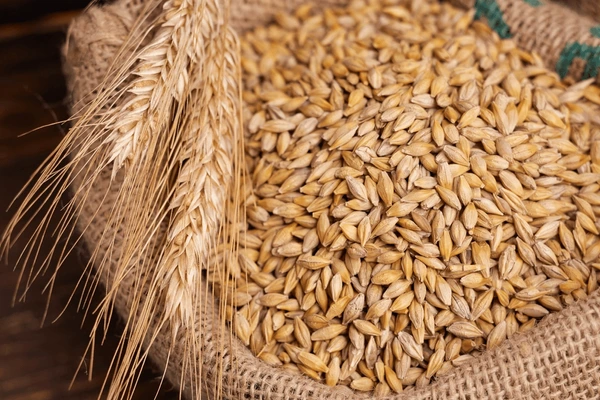
Barley is one of the oldest cultivated grains, prized for its versatility, nutritional benefits, and rich history in agriculture. It’s grown in temperate regions around the world and is a staple in many diets.
Types of Barley
Hulled Barley: This type retains its bran and germ, making it the most nutritious form. It has a chewy texture and nutty flavor.
Pearled Barley: The outer husk, bran layer, and some of the germ are removed. It’s less nutritious than hulled barley but cooks faster and is still a good source of nutrients.
Barley Flakes: Similar to rolled oats, these are steamed, rolled, and dried for quick cooking.
Barley Flour: Ground barley used in baking to add a nutty flavor and enhance nutritional value.
Nutritional Benefits
Barley is a nutritious grain with several health benefits. Here is a general overview of the nutrients and benefits per serving of cooked barley (about 1 cup or 157 grams):
B Vitamins: Includes B vitamins like niacin (B3), thiamine (B1), and vitamin B6, which support energy metabolism and overall health
Calories: Approximately 193 calories
Carbohydrates: About 44 grams
Protein: Around 3.5 grams
Fat: About 0.6 grams
Fiber: Roughly 6 grams (providing both soluble and insoluble fiber)
Iron: Approximately 1.6 milligrams (about 9% of the daily value)
Magnesium: About 77 milligrams (around 19% of the daily value)
Phosphorus: Around 140 milligrams (approximately 14% of the daily value)
How To Cook Barley
Barley can be prepared in several ways, depending on the type you’re using and the dish you’re making. Here’s a basic guide for cooking different types of barley:
Ingredients:
- 1 cup barley (hulled or pearled)
- 3 cups water or broth (for added flavor)
- Pinch of salt (optional)
Conclusion
Barley is a highly nutritious and versatile grain that can be easily incorporated into various dishes. Its high fiber content, essential nutrients, and health benefits make it an excellent choice for those looking to enhance their diet with wholesome grains.
